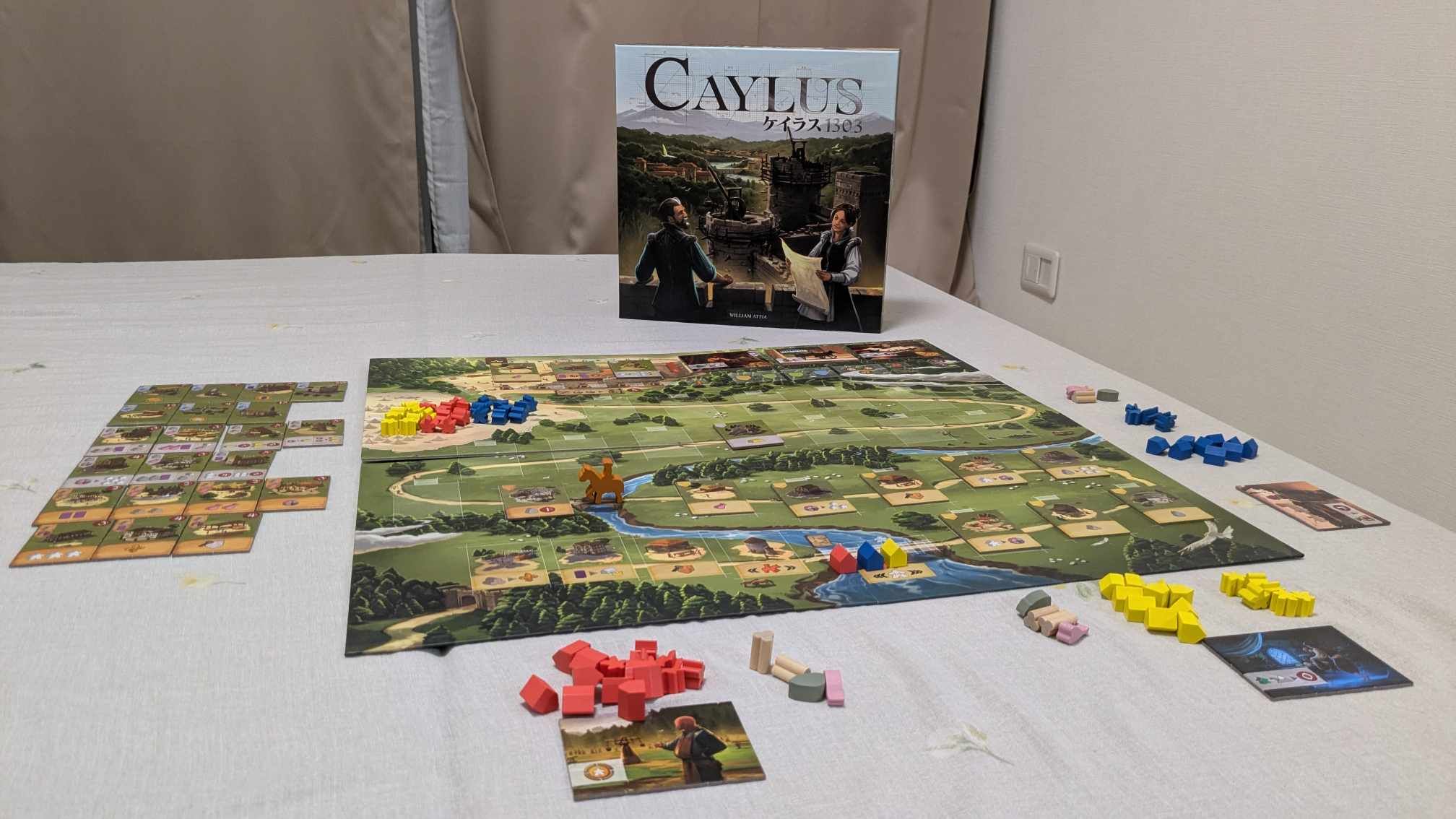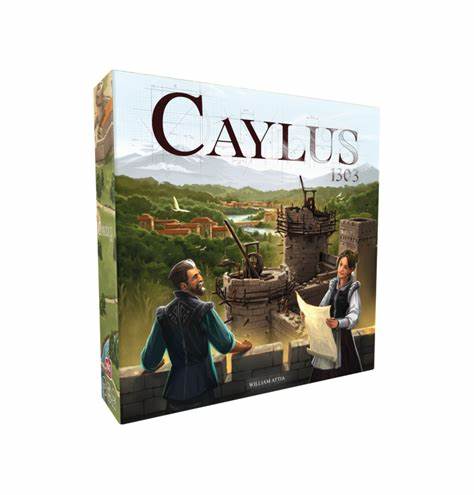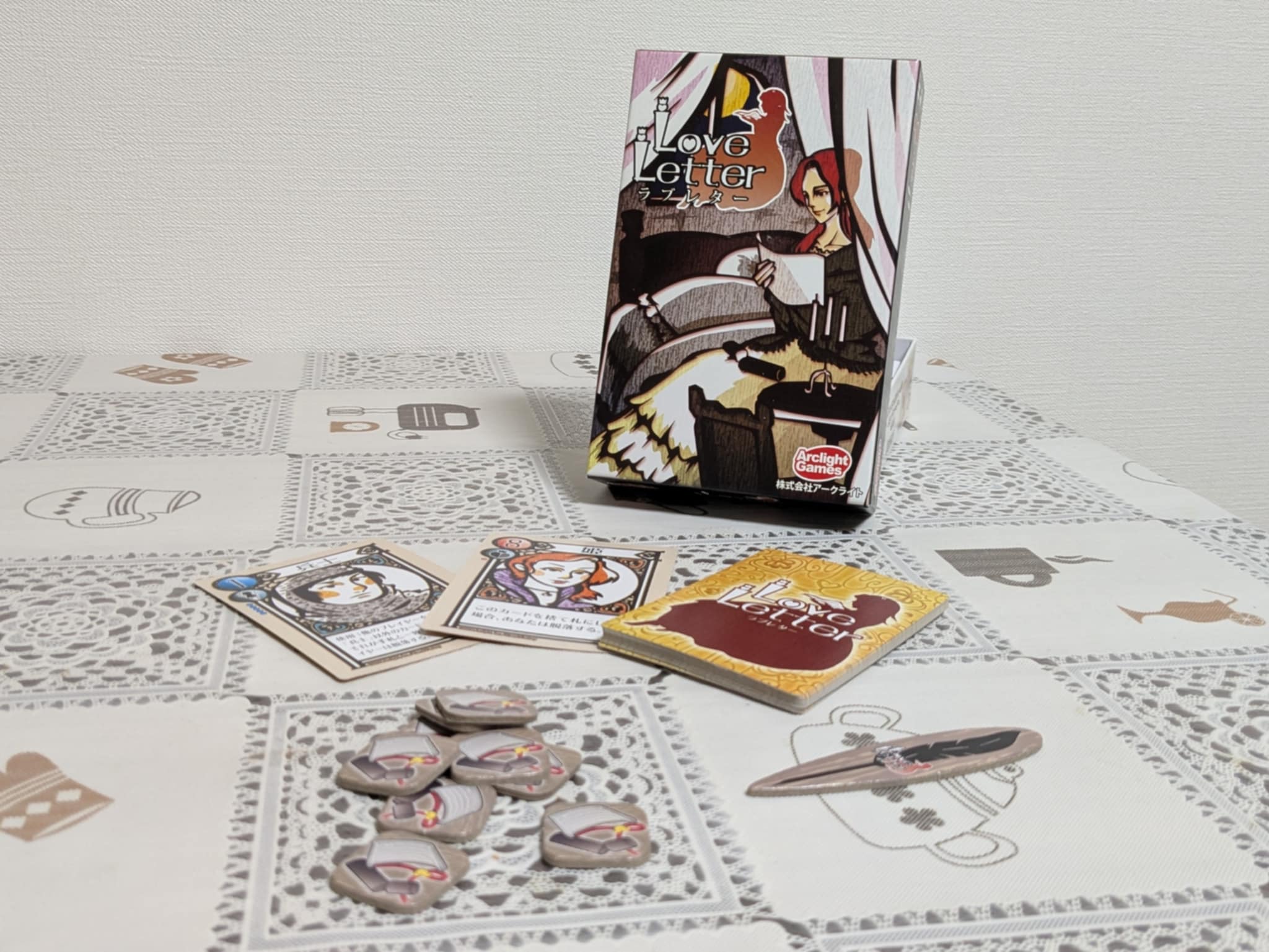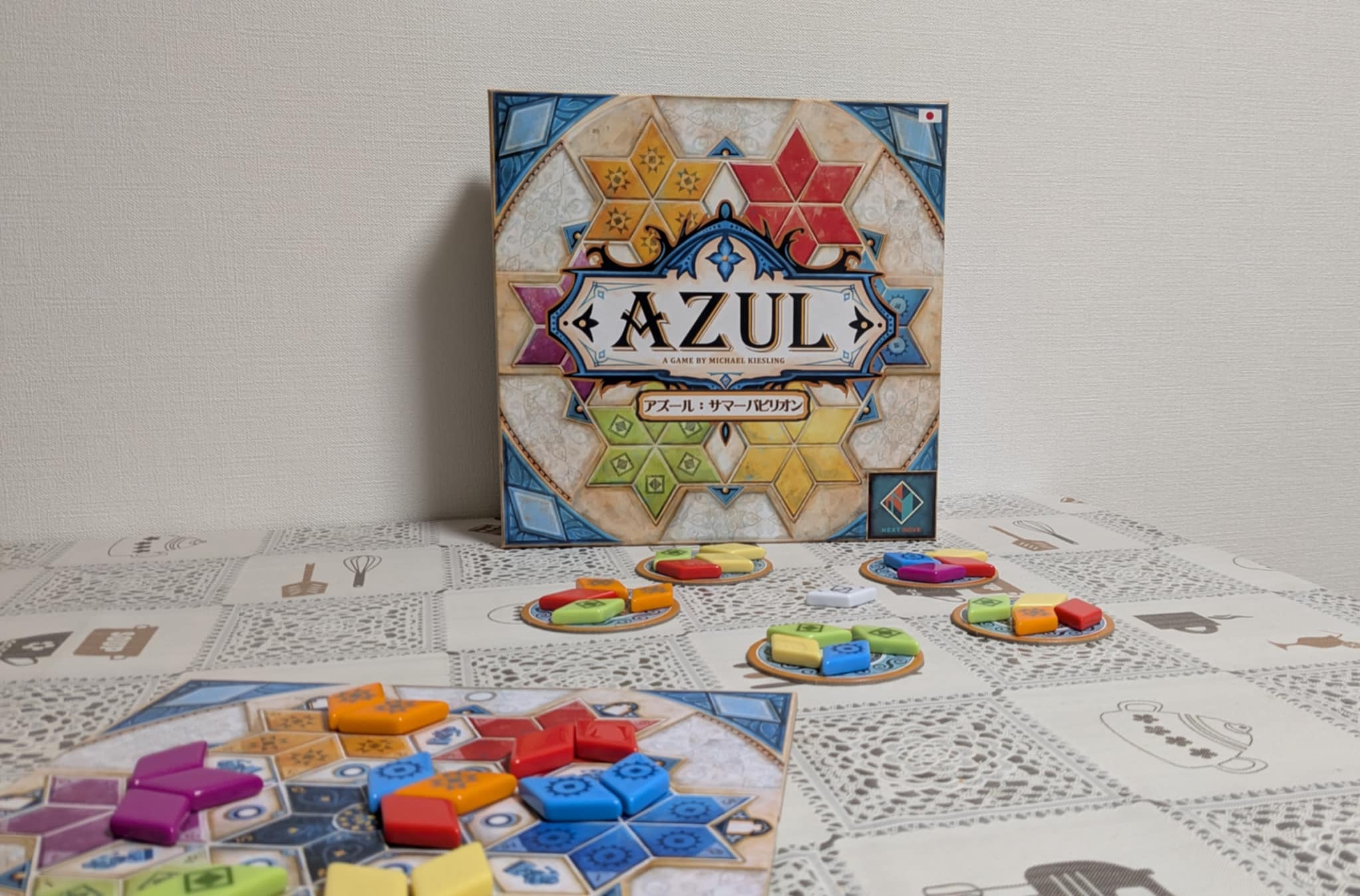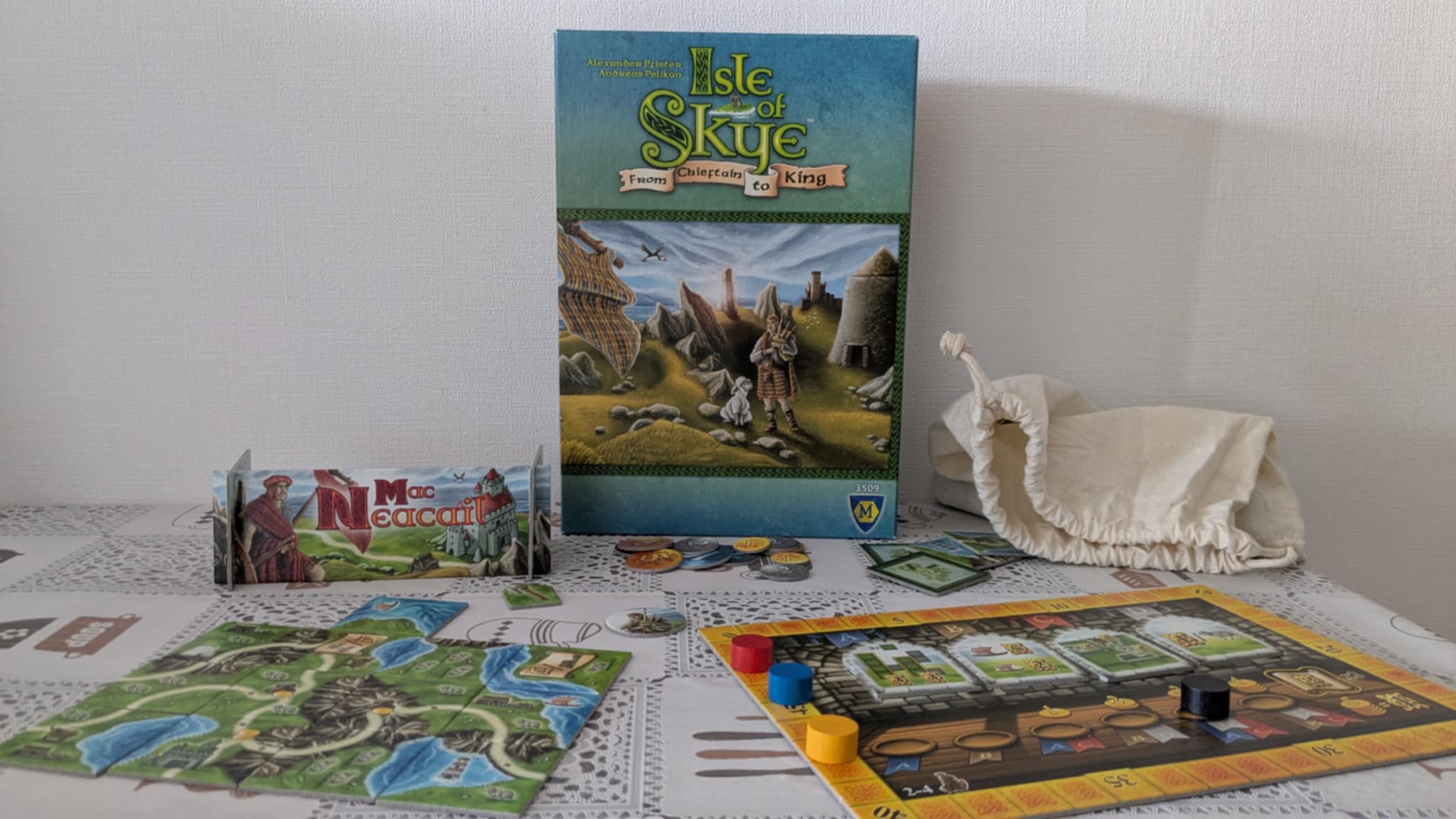Caylus 1303 Board Game Review
Welcome to The Board Game Dialogue, where we sit down with the greatest board games and let them speak for themselves. Today’s guest is a game that helped define the modern eurogame genre—Caylus 1303, a bold reimagining of the 2005 classic Caylus. Let’s see what this iconic architect of medieval strategy has to say.
What is Caylus 1303?
Before we dive into the interview, let’s take a moment to introduce Caylus 1303 for those who may not have had the chance to play this eurogame legend in its latest form.
Caylus 1303 is a worker placement board game designed by William Attia and published by Space Cowboys. It takes place in 1303 France, where players take on the roles of ambitious masters of construction, competing to build the royal castle and develop the surrounding village under the watchful eye of the King. Every decision—from placing workers to constructing new buildings—shapes the economy and shifts control of key resources.
This modern edition brings streamlined rules, dynamic character powers, and a new layer of interaction, making the game faster and more accessible without sacrificing the tight, strategic gameplay that made the original Caylus a eurogame cornerstone.
Player Count: 2–5 players
Playtime: 60–90 minutes
Complexity: Medium to Heavy
Mechanics: Worker Placement, Resource Management, Area Influence
Theme: Medieval City Building and Economic Planning
Now, let’s let Caylus 1303 speak for itself—and find out what makes this eurogame revival a true master of the genre.
Caylus 1303 vs. Classic Caylus: A Streamlined Remake with Strategic Depth Intact
Me: Welcome, Caylus 1303! It’s an honor to have a eurogame legend in modern form join us today. How does it feel stepping back into the spotlight after the legacy of the original Caylus?
Caylus 1303: Thanks for having me! Honestly? It feels great to return—cleaner, tighter, and a little more polished, while still staying true to my medieval, strategy-rich roots. I’m not here to chase trends. I’m here to remind people why eurogames became a genre-defining force in the first place.
Me: Let’s get right to it—how do you compare to your 2005 predecessor?
Caylus 1303: The biggest shift? Streamlining. I dropped the money system, which simplifies resource management and makes every worker placement more valuable. Less bookkeeping, more decision-making. Plus, the fixed round length keeps the pace tight and eliminates the classic “Caylus drag” in the late game.
Me: And what about the new additions, like the character powers and variable setup?
Caylus 1303: Those are my fresh touches. The character abilities are strong, but fluid—they rotate, so no one’s locked into a role or strategy. It’s all about adapting. And while the variable setup doesn’t drastically change the base gameplay, the bundle building options create a lot more variety and flexibility.
Me: You’ve also had quite the glow-up.
Caylus 1303: Oh, absolutely. No more “sad man in beige.” Now I’ve got Andrew Bosley’s gorgeous illustrations—the same artist behind Everdell and Tapestry. I feel like a proper modern eurogame, without losing that classic Caylus soul.
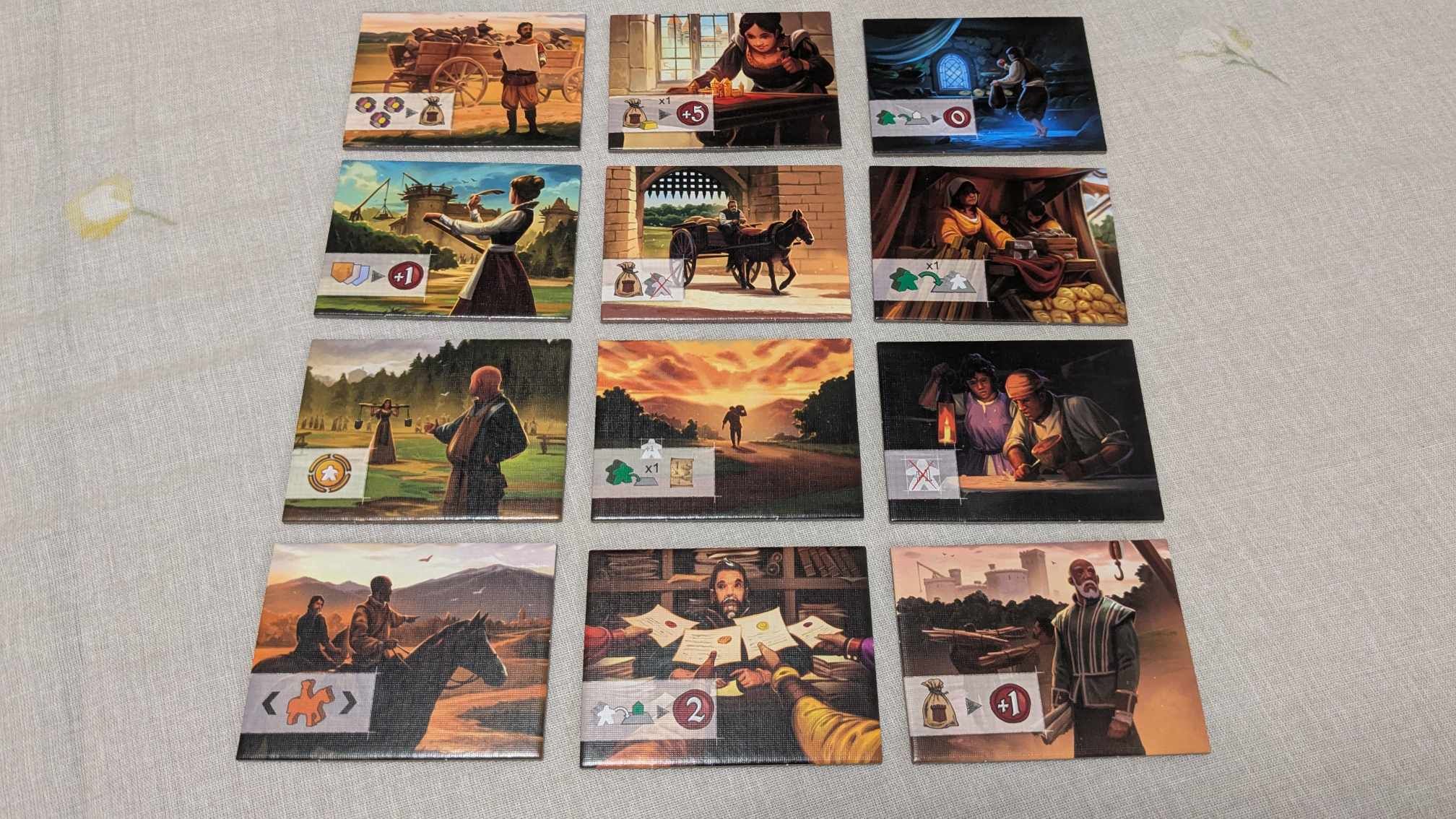
Planning and Payoff: How Caylus 1303 Reinvents Worker Placement with Risk and Timing
Me: Let’s dive deeper into your gameplay. Your approach to worker placement feels a bit different compared to many other eurogames.
Caylus 1303: Absolutely. My worker placement isn’t just about where you place—it’s about when and why. I separate the game into two distinct phases: the planning phase, where players take turns placing workers, and the activation phase, where those placements are resolved along the road. This separation adds layers of tension and foresight.
Me: And during that planning phase, players don’t know if their workers will actually pay off.
Caylus 1303: Exactly! That’s where the drama comes in. You pay for your workers up front, and once you place one, it’s committed—whether it ends up triggering or not. That’s what makes every worker feel incredibly precious. They’re your most limited resource, and managing them wisely is key.
Me: And you also have a mechanic where passing early increases the cost for players who keep placing workers.
Caylus 1303: That’s right. It’s my way of injecting a subtle economic pressure into the game. When one player passes, it raises the stakes for the rest. It forces you to ask: Is this placement really worth it? Or should I cut my losses and pass now before it gets too expensive?
Me: So the planning phase isn’t just tactical—it’s psychological warfare.
Caylus 1303: That’s one way to put it! You’re making investments without guaranteed returns, which makes the activation phase feel like a nail-biting reveal.
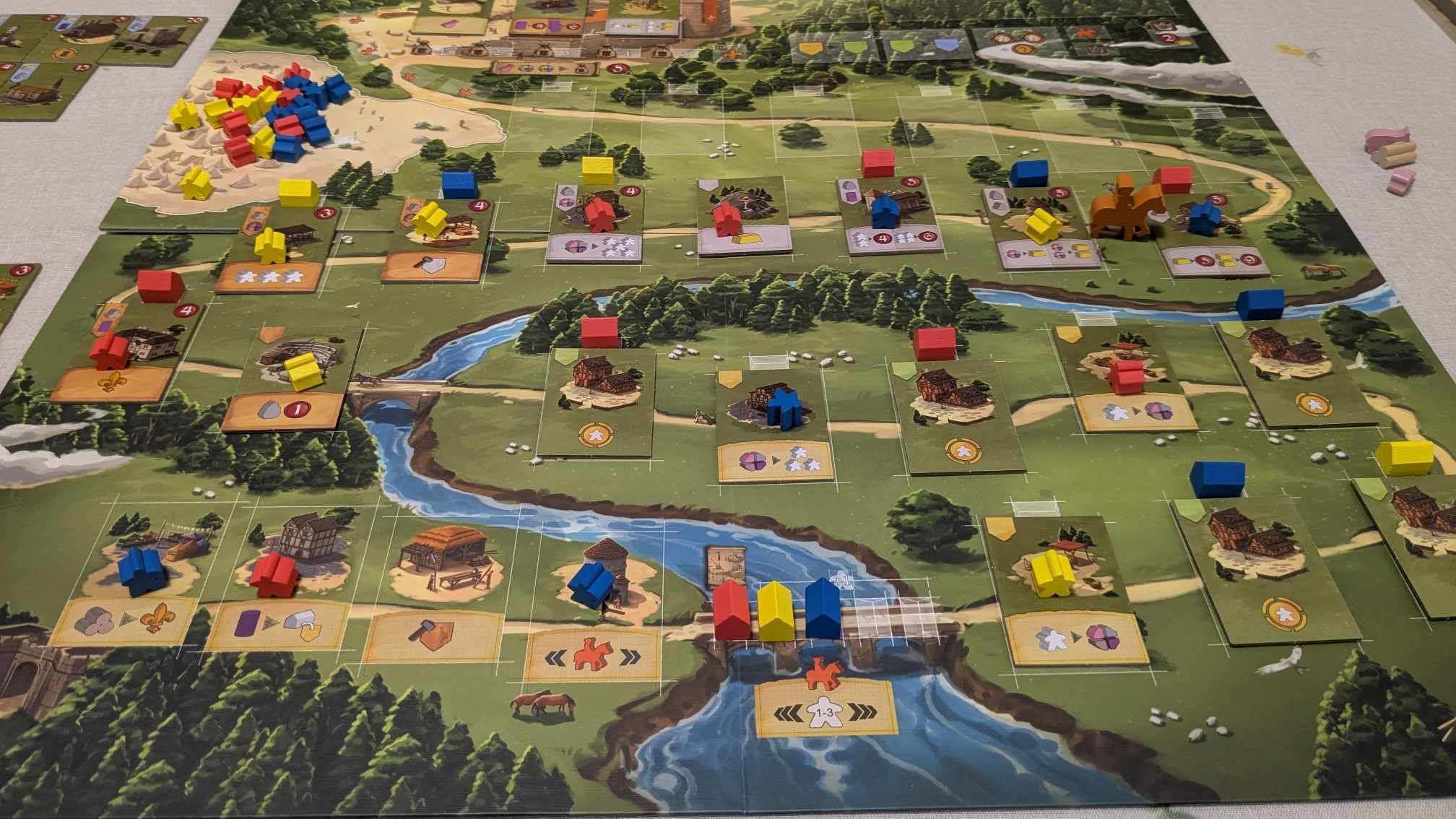
The Provost Mechanism: Strategic Sabotage and Tactical Timing
Me: Now, we’ve got to talk about your most iconic mechanic—the Provost. It’s not just about placement with you, is it?
Caylus 1303: Oh, no way. Most worker placement games rely on blocking—you go there first, I can’t. That’s classic. But I said, let’s raise the stakes. With me, it’s not just about where you place your workers—it’s whether your buildings will even activate at all.
Me: And that’s thanks to your old friend, the Provost.
Caylus 1303: That wooden guy? He’s the unsmiling enforcer of tough choices. He marches down the road, and here’s the trick—only the buildings up to his position activate. Anything beyond? Wasted workers. Wasted resources. A total whiff.
Me: So in your game, placement is only half the battle. The activation order becomes a second layer of strategy—and potential sabotage.
Caylus 1303: Exactly. You can plan the perfect turn, but if your opponents push the Provost back, your whole line of actions might evaporate. That risk makes every placement and every resource commit feel high-stakes. And let’s be honest—it also makes for some brutal, brilliant interaction.
Me: You’re telling me that the Provost can take what’s normally a passive genre and inject it with raw tension and fierce player politics.
Caylus 1303: You better believe it. The Provost is the heartbeat of Caylus—and when he moves, people sweat.
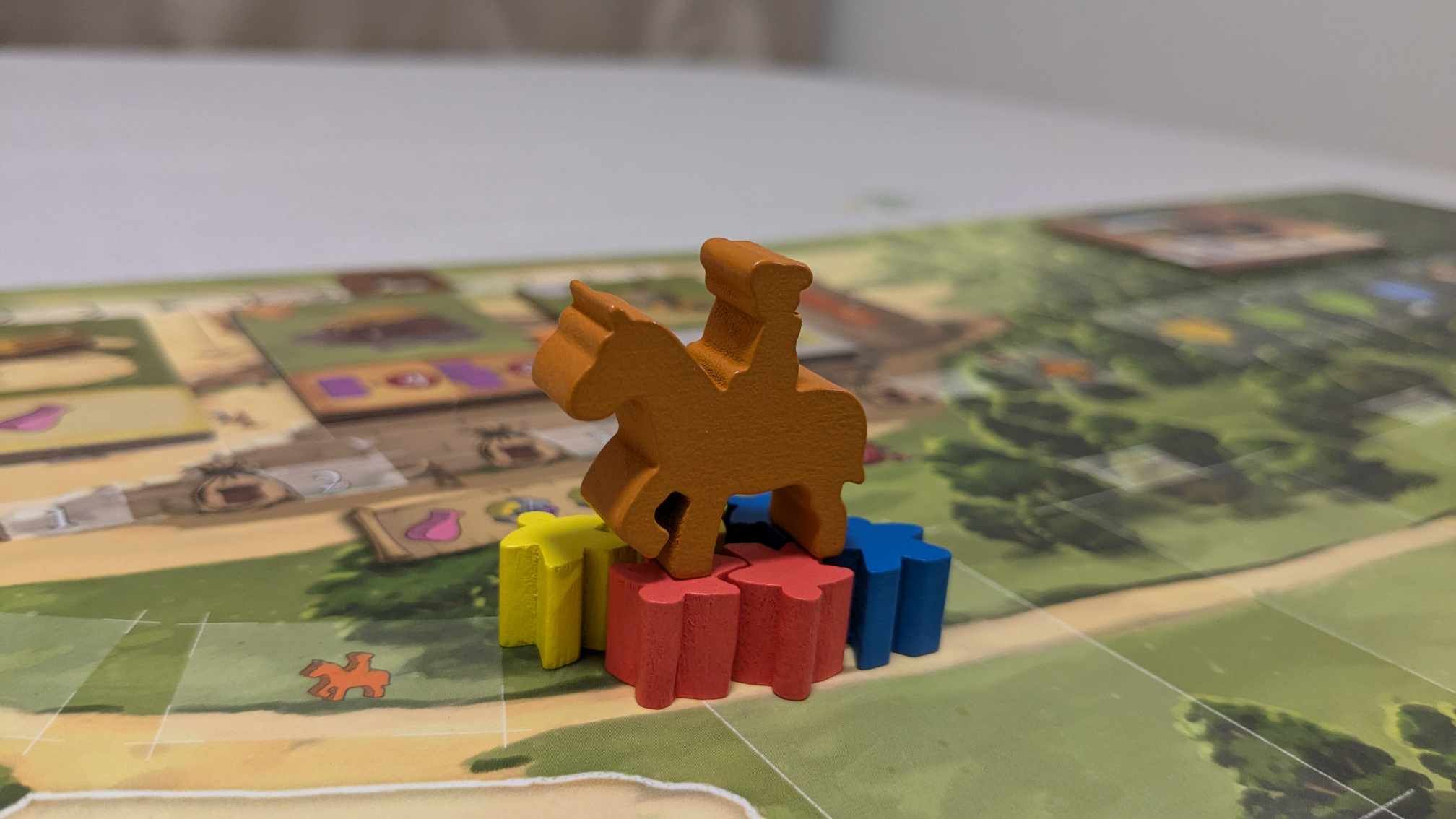
Interactive Tension: How the Provost Sparks Negotiation and Risk Management
Me: So we’ve established that the Provost isn’t just a mechanic—he’s a statement. But the implications go beyond just blocked buildings, don’t they?
Caylus 1303: Oh, absolutely. The Provost doesn’t just bring tension—he brings player interaction to the forefront. In most eurogames, interaction is indirect, almost polite. With me? You’re not just planning your turn—you’re watching everyone else’s, trying to guess who’s going to take that “Move the Provost” spot.
Me: It almost becomes a game of bluffing and reading the table, especially if you’re placing a worker in a risky building slot.
Caylus 1303: That’s the thrill of it. Some of the most valuable buildings come later in the road—beyond the Provost’s reach—so you’re constantly asking yourself: Can I trust the table to leave me alone? Or do I hedge my bets and play it safe? It’s push-your-luck at its finest, dressed in a strategic eurogame’s clothing.
Me: And from that arises this beautiful layer of negotiation, even if no words are spoken.
Caylus 1303: Exactly. It’s a social game hidden inside a worker placement euro. You’re always watching the board, reading intentions, tracking alliances and grudges. My board doesn’t just track gameplay—it becomes the centerpiece of the entire table’s attention. And the Provost? He’s the focal point, the piece everyone watches, the uncrowned king of the game.
Me: So, in essence, the Provost turns Caylus 1303 from a great game into a brilliant one—by making players the most important mechanism at the table.
Caylus 1303: That’s the magic. My mechanics don’t just create gameplay—they create moments. And the Provost is almost always at the center of them.
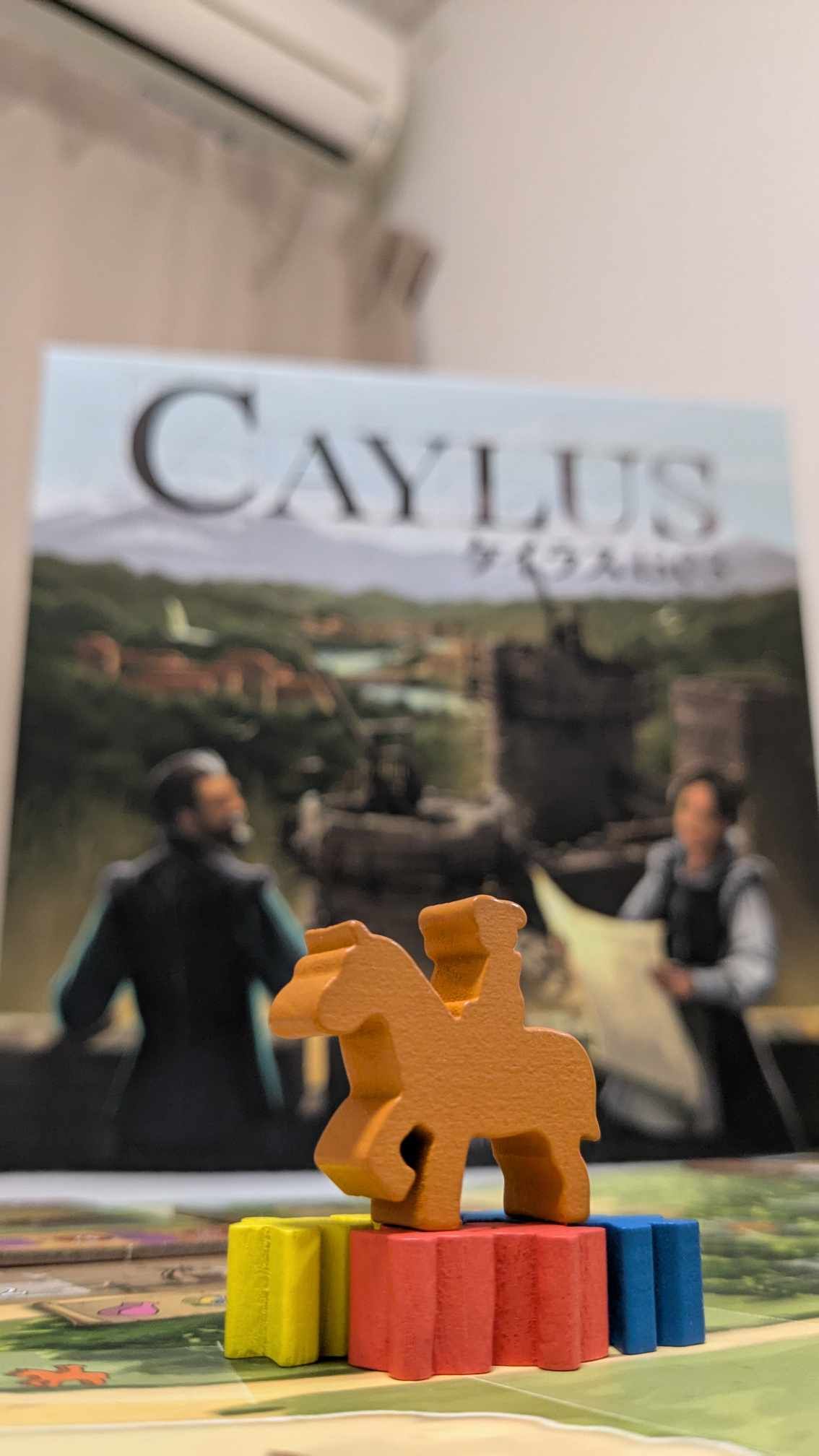
Resource Management and Scoring in Caylus 1303: Smart Plays in a World of Scarcity
Me: Alright, Caylus 1303, let’s talk about how players actually win. Your reputation for tight resource management is well-known. What’s the key to scoring big in your world?
Caylus 1303: It all comes down to efficiency under pressure. I don’t flood players with points—you’ve got to earn them through sharp decision-making and precise timing. Every resource, every placement, every opportunity matters.
Me: So what are the main ways players score points?
Caylus 1303: The big one is resource conversion. Certain buildings let you trade your hard-earned goods for points. But those spots? They’re limited, expensive to construct, and often require gold, which is rare and valuable. So even getting to use them is a strategic achievement.
Me: And players can also hand in resource bundles, right?
Caylus 1303: Yes—complete sets of specific resources can be turned in for a solid chunk of points. Plus, when you do, you gain access to a favor bonus—a one-time perk that gives you an extra boost, like bonus resources or a strategic edge in turn order. These bonuses may be temporary, but they’re timing-sensitive and highly impactful.
Me: And buildings themselves?
Caylus 1303: Building contributes too! Each structure you place earns points, and more importantly, improves the shared infrastructure, giving everyone—but especially you—better options going forward.
Me: But with limited resources and only a few workers each round, it sounds like a constant squeeze.
Caylus 1303: That’s the point. Every placement is a gamble. Every move is a trade-off. Caylus 1303 isn’t about abundance—it’s about making the most of scarcity.
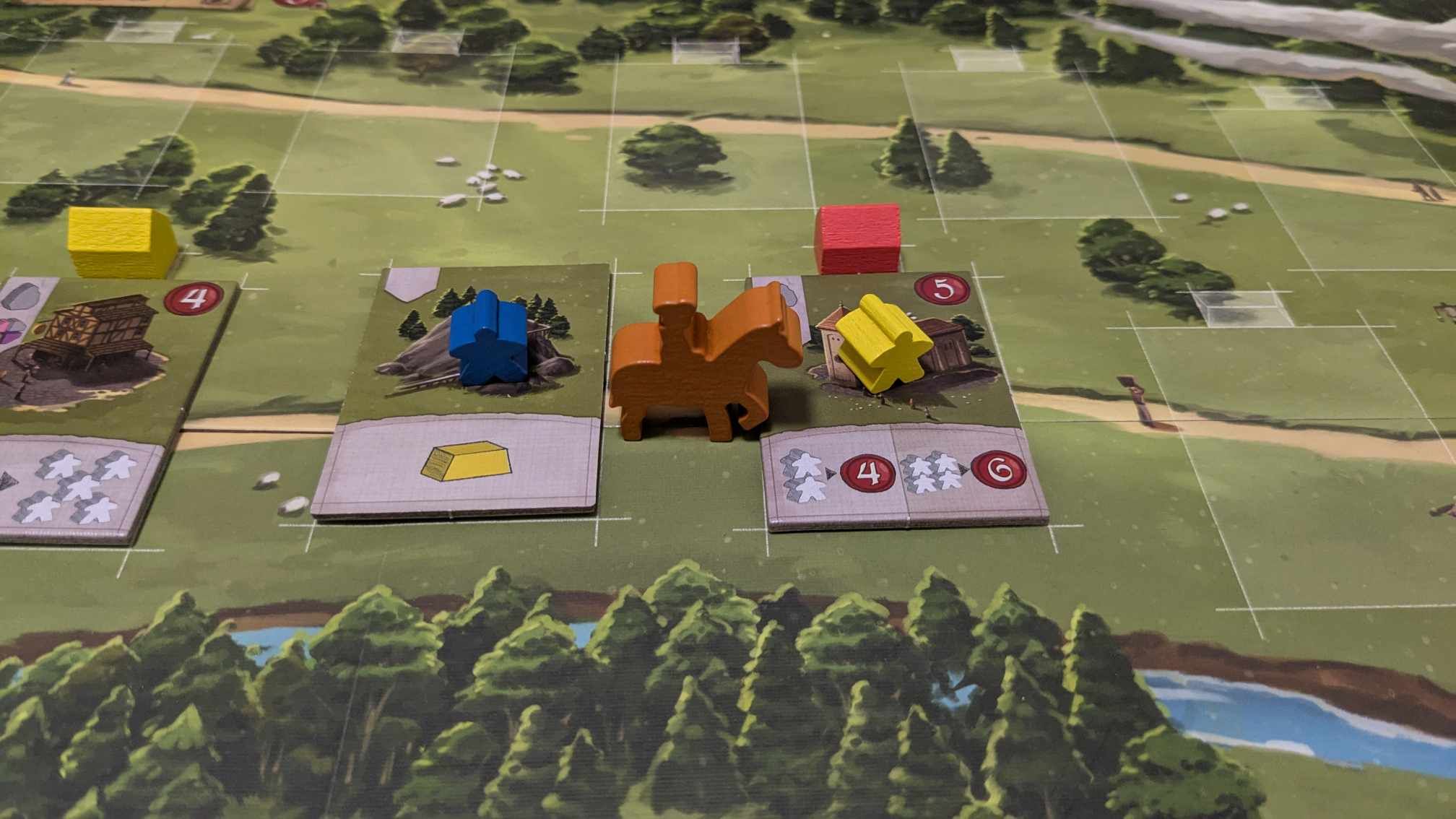
Progression in Caylus 1303: How a Shifting Board Keeps the Game Fresh and Engaging
Me: You’ve got a reputation for being intense, even a bit cutthroat, and so far, I must say the reputation is spot on. But people also say you’re surprisingly pleasant to play. What’s your secret?
Caylus 1303: It’s all about organic progression. Sure, I’m tight and tactical, but I avoid the common trap of eurogames: repetitiveness. No matter how fun an action is, if you do it the same way ten rounds in a row, it gets stale. That’s not me. I keep things moving—like a river, always shifting. And guess what? The players control the current.
Me: So the game evolves as players evolve?
Caylus 1303: Exactly. Over time, new buildings are added to the board—stronger, more efficient, and more rewarding. At the same time, older, weaker buildings get transformed into Residences, removing those spots and opening up opportunities to gain more workers. This rhythm creates a sense of forward momentum, even when the game is tense.
Me: And that change isn’t automatic. It’s player-driven?
Caylus 1303: Completely. Players choose which buildings to add, when to convert, how fast to shift the board’s economy. Speed up progression, and the game gets tighter, tenser. Slow it down, and things stay a little more forgiving. Everyone’s actions collectively shape the board, and that keeps everyone engaged from start to finish.
Me: So even though it’s a competitive game, there’s a shared rhythm—one that’s visible right on the board.
Caylus 1303: That’s right. Strategic evolution with physical representation—that’s a touch of brilliant product design that I am very proud of.
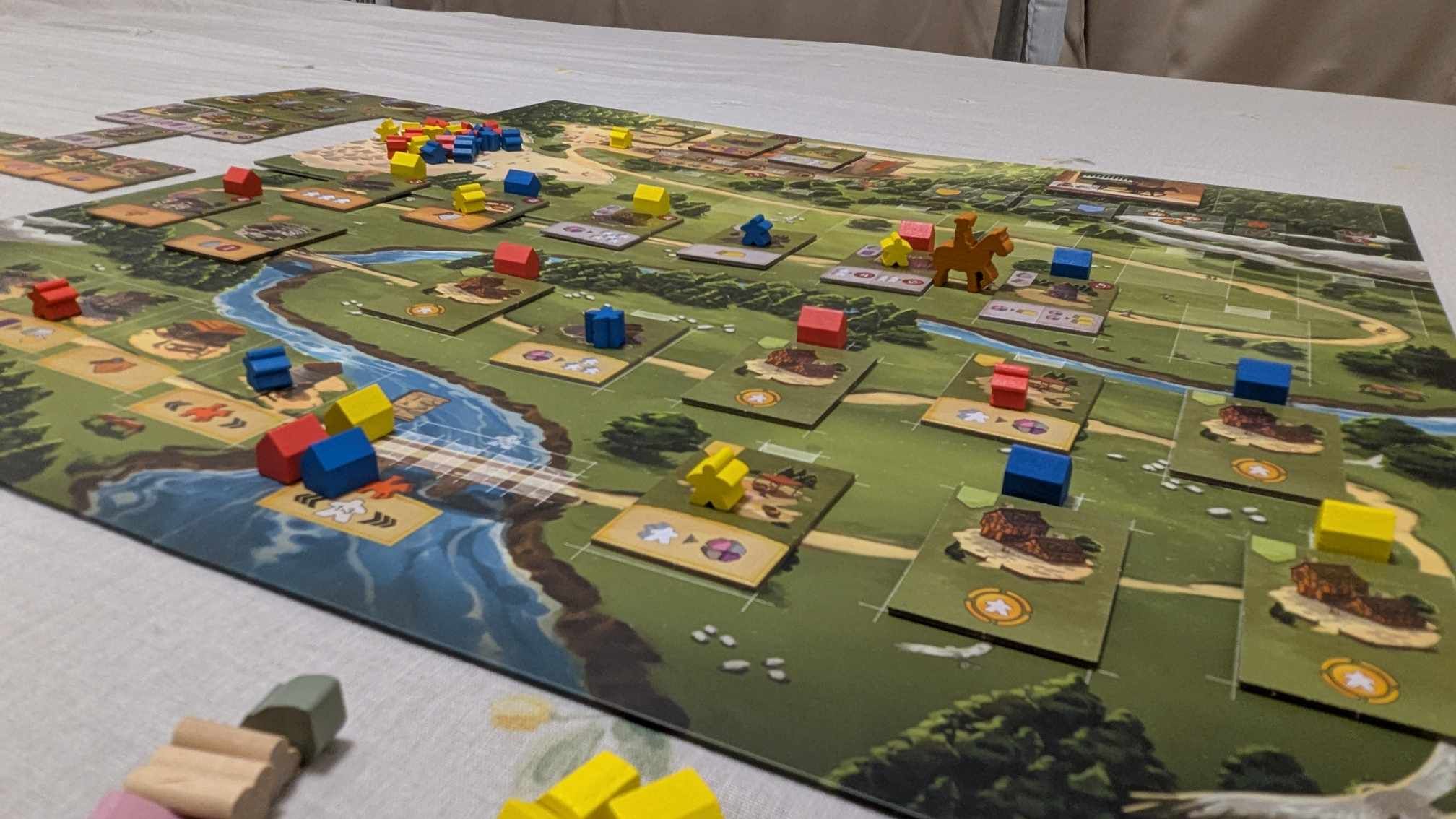
Final Verdict: Is Caylus 1303 Worth Playing?
Me: Caylus 1303, you’ve shown us tension, strategy, and a surprising amount of player-driven dynamism. So, be honest—are you for everyone?
Caylus 1303: Not quite. I’ll admit it—I’m mean, tight, and unapologetically interactive. If you prefer solitary engine-building or low-conflict euros, I might not be your cup of mead.
Me: But for players who enjoy cutthroat planning and shared tension?
Caylus 1303: Then I’m one of the freshest, most distinctive games in the genre. I don’t just stand out—I proudly plant my flag in the middleweight eurogame territory and say, “This is what fierce, strategic interaction looks like.”
Me: You don’t rely on gimmicks. You refine and refocus.
Caylus 1303: Exactly. I’m a modern remake that respects its roots, tightens the pacing, and keeps players locked in from start to finish. I’m not a casual ride—I’m a focused, tense experience where every choice matters and the stakes are real.
Me: So who should pick you up?
Caylus 1303: If you love eurogames with real player interaction, enjoy a little spite with your strategy, and want a game that feels fresh without being flashy, then I highly recommend giving me a spot on your shelf.
Me: Well said. It’s been a pleasure, Caylus 1303. Let’s build something great—just not too close to the Provost.

Conclusion: A Modern Classic for Eurogame Fans Who Crave Interaction
Caylus 1303 is a prime example of what happens when a beloved eurogame classic gets a sharp, modern redesign. It strips away unnecessary complexity, adds just the right amount of variability and flexibility, and delivers a highly interactive experience where every action feels meaningful—and occasionally, malicious. It’s a tight, strategic battle of timing, planning, and reading the table, all while staring down the ever-watchful Provost.
If you’re a fan of worker placement games with competitive tension, Caylus 1303 is a must-try. It might not be for the faint of heart, but for those who enjoy interactive, mid-weight eurogames, it’s an absolute standout.
Looking for similar games? For a meaner, even tighter worker placement experience, Agricola delivers grueling decisions at every turn. Prefer something more relaxed but still interactive? Try Lowlands, where the central flood wall mechanic encourages cooperation and sabotage in equal measure. Enjoy the thrill of activation order and efficiency chaining? It’s a Wonderful World gives that same feeling in a faster, card-drafting format.
Final Rating: 9/10 – A Bold, Interactive Euro with Lasting Impact
✅Pros:
Streamlined and fresh, stands out in the crowded eurogame space
Dynamic, high-stakes player interaction
Strong engagement from start to finish
Easy to learn with a fast pace and satisfying playtime
❌Cons:
Can be too aggressive for more passive players
Box size is larger than necessary—mostly for that gorgeous board
If you’re ready for a strategic tug-of-war disguised as medieval city planning, Caylus 1303 will reward your efforts—and punish your mistakes.

